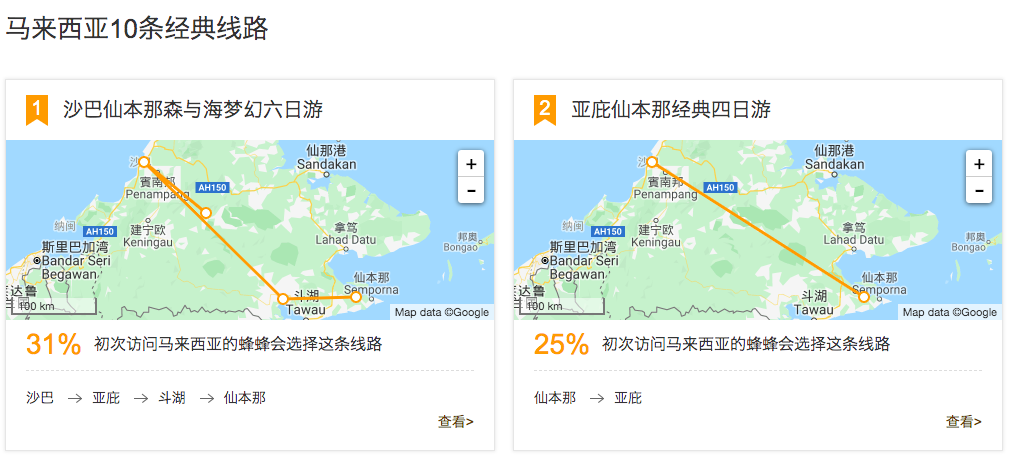Malaysia wants to attract 30 million international tourists by the end of 2020 — an ambitious target considering the country drew 10 million at the turn of the century. While the manoeuvres of Tourism Malaysia may seem tangential for western DMOs and cultural attractions, the China-centric approach shows exemplary understanding of the world’s fastest growing travel market.
Cultural familiarity, a favourable visa policy (now available online), and affordable flights have made Malaysia popular with Chinese tour companies for two decades. But, as with the market globally, today’s Chinese traveller is younger and increasingly independent. Tourism Malaysia’s strategy reflects this shift.
Key to boosting growth is two-fold; market to trip planning Chinese on social media and convenience their visit by facilitating Chinese payment systems. Tourism Malaysia’s partnership agreement with Mafengwo, a travel-sharing website popular with Chinese millennials, addresses the marketing side. It offers smaller Malaysian merchants and attractions a platform on which to reach to FIT travellers while also creating a space for authentic discussion among potential travellers.

The leading route suggestions for first time travelers to Malaysia on the country’s Mafengwo landing page. Image: Mafengwo
“Mafengwo looks forward to assisting Malaysian tourism players by creating a richer online resource for Chinese travellers,” said Mafengwo senior vice president Yu Zhuo, “[we are] building a localised marketing environment in Malaysia.”
The second aspect is expanding the presence of Alipay and WeChat Pay, China’s leading mobile payment platforms. Despite ranking as the fourth most popular choice for Chinese travellers over the October Golden Week, tourists spent significantly less on the platforms compared to other global destinations, in part due to a shortage of Malaysian merchants.
A recent Alipay survey revealed 90 percent of users were willing to spend more money while traveling if they could do so through mobile payment systems. As the popularity of Alipay at Malaysia Airports (launched in 2017) suggests, satisfying the payment needs of Chinese FITs is both lucrative and achievable in Malaysia.
Malaysia attracted 2.94 million Chinese tourists in 2016, a 29 percent year-on-year increase.



